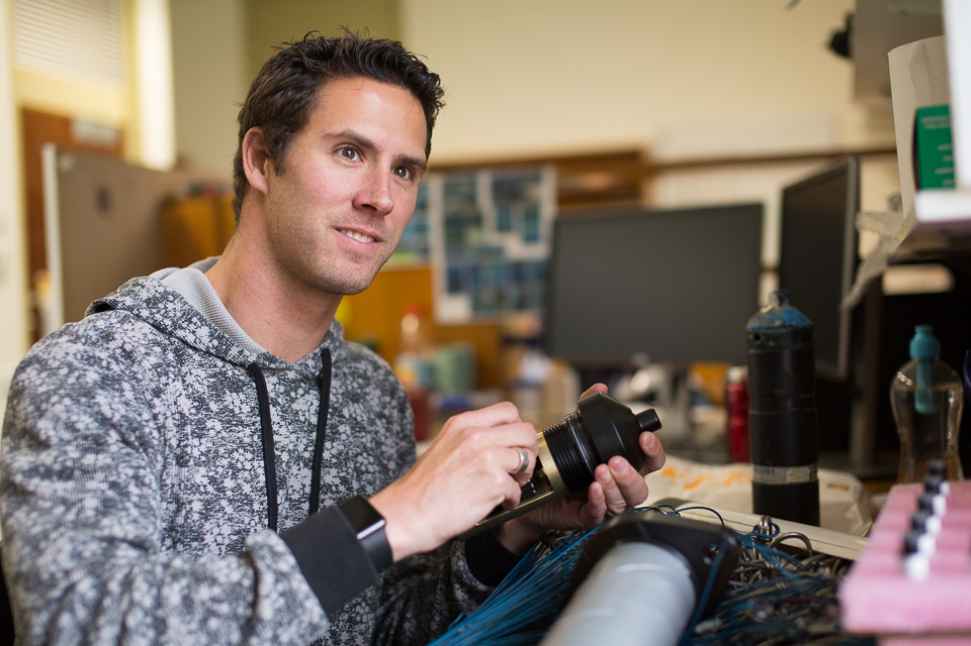Mysteries of the deep
When Charlie Huveneers was 12, the lack of information available about the ocean’s most famous predator set him on a path to becoming a world expert on the species.
“My research is aimed at creating a more complete understanding of sharks and how our interactions with them have changed over time,” Dr Huveneers said.
A global preoccupation with beaches and coastal experiences brings many people into the aquatic domain of sharks on a regular basis – increasing the importance of better understanding sharks and how we can coexist with them.
“The white shark cage-diving is being increasingly scrutinised and our research, along with work from state and federal organisations, is providing scientific information to the government to minimise the effect of this industry, ensuring the long-term sustainability of this activity, while improving our understanding of the ecology and biology of white sharks.”
White sharks were first listed as a vulnerable species by South Africa in 1991, but it is unclear how their population is changing, and work is now underway to estimate how many may be left in the wild and whether populations are recovering.
“We work in collaboration with cage-diving operators, study their behaviour and tag them with a range of electronic devices to monitor their fine-scale movements and residency. This information is helping us to build up a more accurate picture of the behaviour of white sharks and collect information to help manage the cage-diving industry,” Dr Huveneers said.
Dr Huveneer’s work is important for all cartilaginous fish, including all sharks, rays, skates and chimaeras.
“These species are often vulnerable to anthropogenic effects, with a slow ability to recover from depletion,” he says. “Many species of sharks and rays are also keystone predators playing an important role in regulating predator-prey interactions within the ecosystem they live in.”









